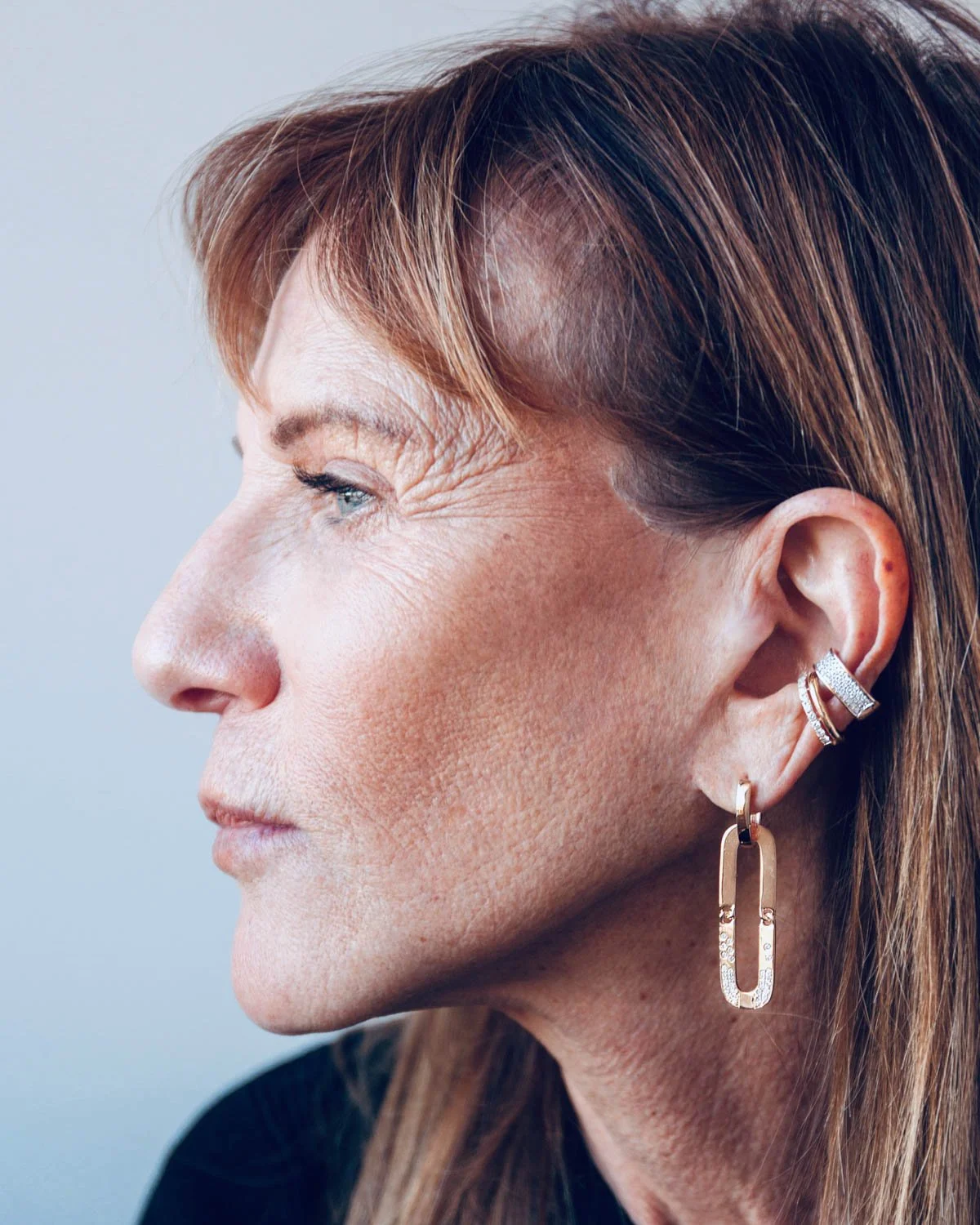Marketing Luxury: The Common Threads in Fashion, Design, and Fine Jewelry
In today’s competitive marketplace, luxury is no longer just about a high price tag or prestigious branding. The essence of luxury now lies in exclusivity, pedigree, and process — all of which are deeply rooted in personalization and education. This shift in what defines luxury has created an exciting opportunity for businesses across various industries, from fashion to design to fine jewelry; reframing how they market their products.
No matter the product, the same principles of marketing luxury apply, focusing on storytelling, transparency, and creating a human connection to the items customers are purchasing.
The Power of Personalization
Gone are the days when consumers were satisfied with merely purchasing a product. In today’s market, customers expect a more personalized experience. Whether they are purchasing a luxury garment, an exquisite piece of furniture, or a finely crafted piece of jewelry, consumers want to know the story behind the product. They want to understand its origins, who designed it, the inspiration behind its creation, and the process of how it was made. Personalization elevates the buying experience and ensures that the customer feels uniquely connected to the product they are buying.
The Importance of Education
Education plays a pivotal role in marketing luxury in today’s world. Customers are no longer simply buying an item; they are investing in the craftsmanship, heritage, and the exclusive experience behind it. Successful marketing strategies focus on educating the consumer not only about the product itself but about what makes it exceptional and worth the investment.
Transparency and Storytelling: The Heart of Luxury Marketing
Luxury today thrives on storytelling — and storytelling that is grounded in transparency. Gone are the days of simply showcasing a beautiful product in a glossy ad. Today, it’s all about sharing the entire narrative, from the inception of the idea to the final product in the consumer’s hands. Luxury brands must highlight not only what makes their products exceptional but also why they’re worth the investment.
Transparency is key. Consumers want to know where the product comes from, who made it, and why it’s special. A clear narrative that tells the story of the artisans, the process, the inspiration, and the quality behind the product adds layers of value. The more consumers understand about the process behind the product, the more they feel a personal connection to it.
Exclusivity and Pedigree
At the heart of luxury is the concept of exclusivity. In a world where mass production is the norm, offering something truly unique and rare is what sets a luxury brand apart. Exclusivity speaks to the desirability of a product and fuels the consumer’s sense of privilege. This could be through limited editions, one-of-a-kind designs, or bespoke customization options that make the customer feel like they are part of an elite group of people with access to something extraordinary.
Pedigree and process are also critical. The value of a luxury product is not just in its appearance but in its history, its craftsmanship, and the heritage it carries. Successful luxury marketing highlights the tradition behind the product, whether it's the centuries-old techniques used by artisans or the innovative approaches that define a brand's unique voice in the market. Customers want to feel like they’re owning a piece of history — a product that stands the test of time in terms of both style and quality.
Successful Marketing in Today’s Luxury Market
Ultimately, successful luxury marketing is about creating a connection. People are more likely to buy from a brand they trust, and today, trust is built through storytelling, education, transparency, and personalization. Customers want to know what they’re investing in and why it matters. They want to connect with the product, the people behind it, and the values that the brand represents.
Luxury marketing has shifted from showcasing products to showcasing the journey — the people, the processes, the passion — behind the products. By doing so, brands invite customers into their world, making them a part of the story and, ultimately, part of the luxury experience itself.





